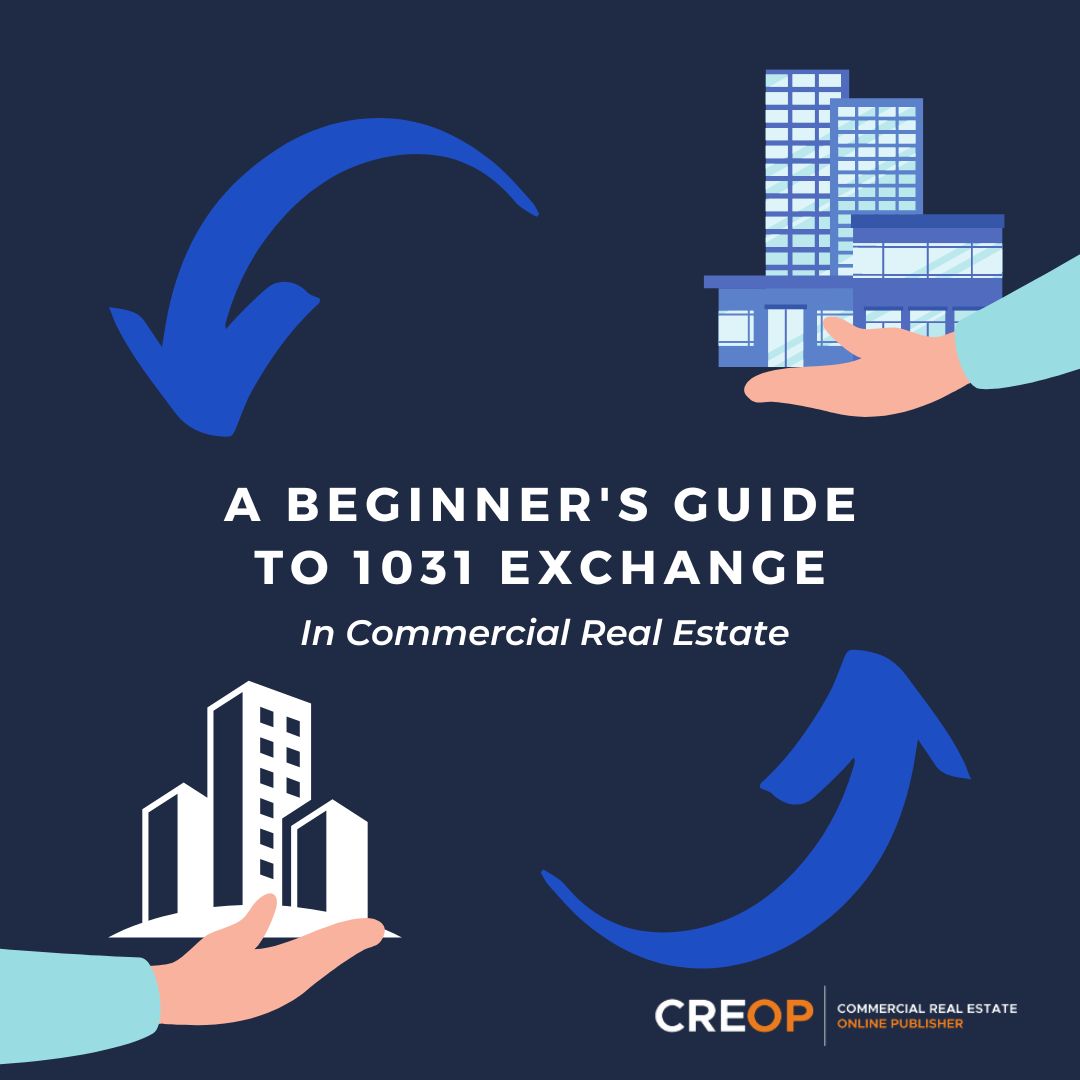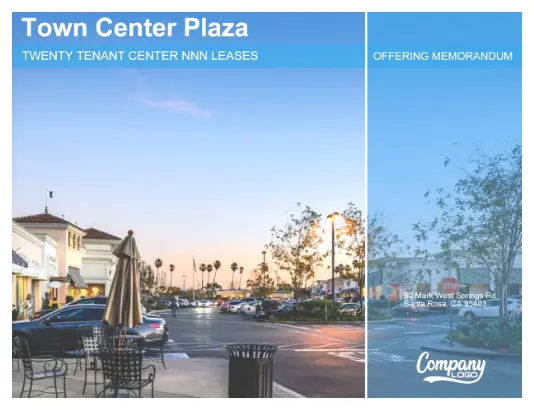One of the most overlooked ways to avoid additional taxes when selling a property is to perform a 1031 (or “like-kind”) exchange with another property. This move is unique since it can help minimize or defer the taxes when selling an investment property.
There’s a lot to know about the intricacies of Section 1031, the part of the tax code that gave it its name, but here we’ll summarize the essential points.
And remember, getting professional tax advice from an accountant and other experts is always a good idea before implementing new real estate strategies.
What is a 1031 exchange?
In the most basic terms, a 1031 exchange is a trade of similar properties that allows you to avoid paying tax on gains from selling the investment property right away. Remember that this means the tax stays; it just gets postponed. Some investors like to delay paying taxes on their profits to invest more money into new and current projects.
The heart of the tax law regarding 1031 exchanges is the concept of like-kind property. As the IRS has determined that the two different real estate properties must be considered “similar,” the critical question becomes whether the two pieces of property are “like-kind.” The rules for like-kind properties can be vague, so it’s essential to look closely at the finer points of each transaction.
Here’s how a 1031 exchange works
There are four well-known types of 1031 exchanges. However, one is dominant, while investors usually save the rest for specific circumstances unique to their needs. Although they all benefit from the same tax deferrals, the rules differ slightly for each. The four main types are:
- Delay Exchanges are the most commonly used types of 1031 exchange, in which an investor sells their property (known as the “relinquished” property) and then uses the proceeds to acquire a new property (known as the “replacement” property). Under the delayed exchange rule, you must identify the replacement property 45 days from closing on the relinquished property and close on the new replacement one within 180 days.
- A simultaneous exchange involves selling one property and buying the replacement property simultaneously. It means a high degree of precision since any delay may result in the nullification of the transaction or the application of total taxes to the transaction.
- In a Reverse Exchange, the relinquished property is sold after the replacement property is acquired. While the transaction terms might sound relatively simple, the execution isn’t due to some specifics: The replacement property must be purchased in cash, and the relinquished property has to be determined within 45 days and sold within 180 days of the replacement property being acquired.
- In a Construction or Improvement Exchange, an investor must first sell the relinquished property and then identify a replacement one. Then, the third party, known as a Qualified Intermediary (QI), takes control of the property. While in the QI’s hands, the owner can use any profits from the sale to renovate the replacement property. When it’s completed, investors repossess the renovated property if it’s met the following two conditions:
- 1. The property must be “substantially the same” as before the renovations
- 2. Investors must finish all renovations/construction on it by 180 days of the sale date of the other property.
No matter the exchange type, meeting the requirements to qualify for total tax deferrals can be complicated. That’s why discussing your options with an experienced lawyer or accountant is always best before deciding which one to use.
The Perks of 1031 Exchanges
Let’s start by looking at the multiple advantages that make the complicated 1031 exchange tax strategy worth exploring. Here’s what you should know:
- Tax deferral is one of the 1031 exchange’s most important benefits because capital gain taxes are deferred when you use one.
- Using a 1031 exchange can render a more profitable property. Some rental property listings are more profitable than others and can vary widely. If you have a non-income-producing real estate investment, you can use a 1031 exchange to turn it into an income-producing asset.
- A 1031 exchange can be used as a diversification tool in a real estate investor’s portfolio, as the rules don’t require a one-to-one swap. For example, you can diversify your holdings across booming geographic areas like Charlotte, NC, or Austin, TX.
These advantages lead people to 1031 exchanges and are a powerful tool for real estate investors at all levels. However, before you get your heart set on a 1030 exchange, let’s make sure it’s what you want by going over some of the disadvantages of them as well.
The Drawbacks of 1031 Exchanges
Here’s what you should know about the drawbacks of 1031 exchanges:
- You’re under strict time constraints, and there aren’t any extensions to deadlines. Although the replacement period, 45 days, may sound like a long time, you’d be surprised at how fast time flies when you’re under the time and money constraint of a 1031 exchange.
- The tax code is strict and must be followed precisely. Having a qualified lawyer help you through the ordeal is virtually a requirement here so that you remain within the law.
- Taxes on the transaction aren’t wiped away; they are just deferred to a later time. One of the most common misconceptions about 1031 exchanges is they’re a way to avoid ever paying capital gains taxes. Be aware of your tax implications before making any decisions.
Knowing these things before starting will help you prevent any mistakes. And even if some of these disadvantages can’t be avoided, they can be overcome by choosing the right set of properties. Ensure you know the risks around this type of real estate transaction before you make any significant decisions.
How to Make a Successful 1031 Exchange
We’ve collected some of the best advice for a successful 1031 Exchange, so here’s our list of the top three things to remember when doing one. Here’s what you should do:
- Always hire experts to help you. When pursuing a 1031 exchange, hiring professionals like QIs, CPAs, and lawyers is best practice— doing so guarantees that the transaction goes off without a hitch and that all forms and paperwork are correctly filled out and filed.
- Time is of the essence, so stay on schedule. Remember, you must find a replacement property in 45 days and close within 180. This can all be quite stressful. Over time, it may become increasingly difficult to find property listings that meet the exchange’s requirements. If you start early and move fast once you find a suitable property, you can prevent yourself from making a “panic” bid, overpaying for it, and other risks that could result in penalties
- Do your research, and don’t just blindly follow someone else’s advice. Be sure to perform careful due diligence on any expert who may be involved in the deal. Make sure you understand at least the basics of what they recommend. If you need to, get multiple opinions from different experts.
The tips above will help you make the most of your 1031 exchange and deferred capital gains taxes if you decide to do one. Just ensure you have the right team of experienced help to assist you in staying within some of the more complicated intricacies of this piece of Tax Code.




